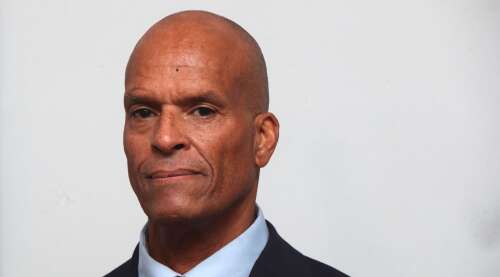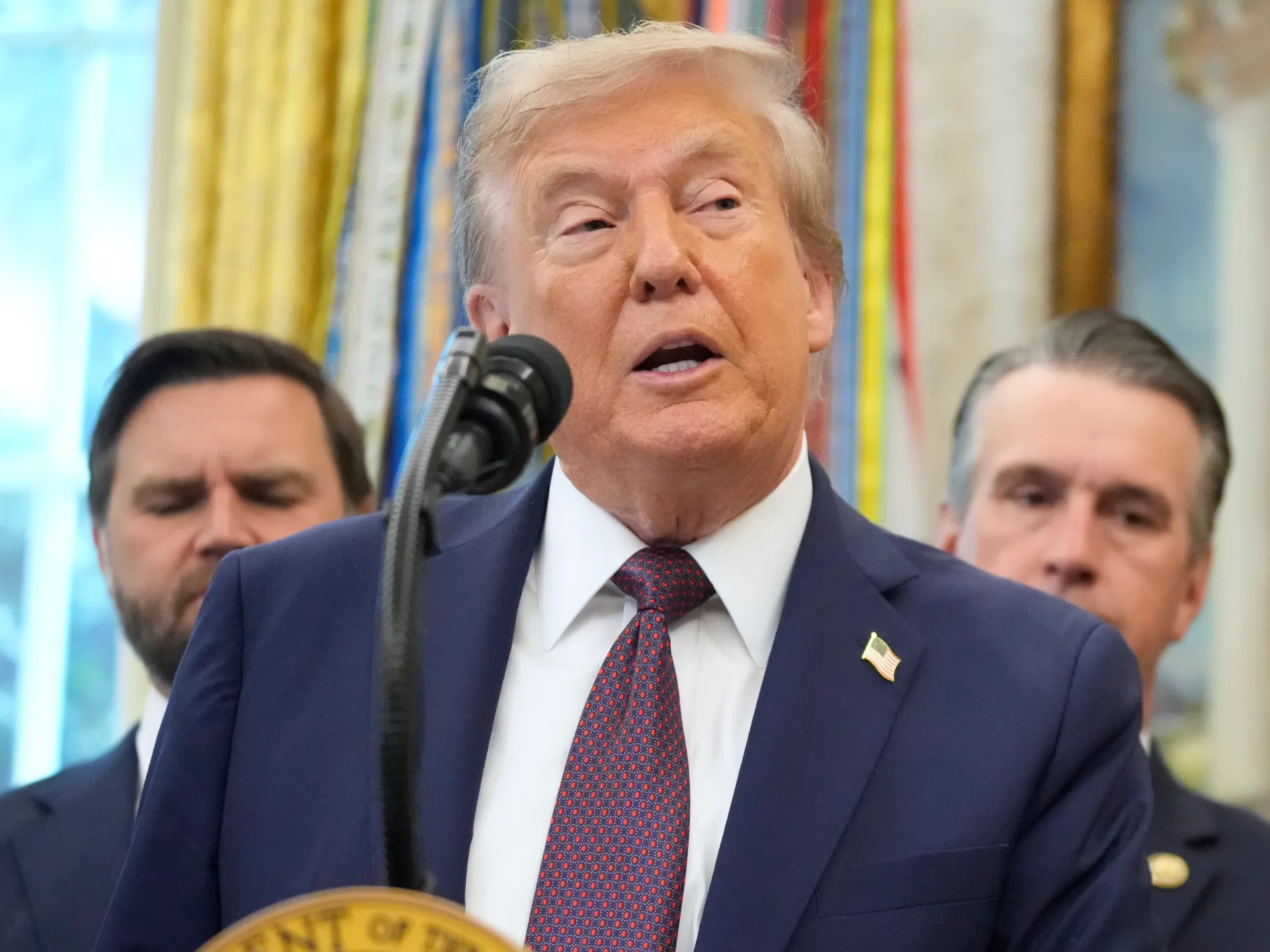
The preface to the government’s Economic Survey 2024-25 made a strong case for making India a competitive and innovative economy by ‘getting [government] out of the way’ and allowing businesses to focus on their core mission.
Rolling back regulation and eschewing micro-management of business activities are obvious corollaries. There is indeed a consensus that the Indian state must do more to break administrative silos, improve communication within and outside the bureaucracy, and foster collaboration between the public and private sectors for improving the growth trajectory.
The Budget speech of 2025-26 noted that a light-touch regulatory framework based on principles and trust will unleash productivity and employment. It is in this context that a high-level committee on non-financial regulatory reforms has been set up recently.
The ability to deregulate is crucially dependent on state capacity. As an omnibus term, ‘state capacity’ needs parsing. It may be useful to limit it to mean civil service (bureaucratic) capacity for the purposes of the present discussion.
Sociologist Paul Evans lists meritocratic recruitment, professional norms, predictable, rewarding careers, and coordinated organisational structures which enable states to pursue collective goals. He finds cross-national evidence that having truly Weberian structures inside the strategic core of the bureaucracy is sufficient for positive effects on economic growth; it is not necessary that the entire apparatus is restructured.
Boosting bureaucratic capacity
There have been sporadic efforts at enhancing bureaucratic capacity. Some recent initiatives such as Mission Karmayogi and abolishing outdated laws and rules have achieved some amount of success. Incentive structures have also been tweaked to allow for greater diversity in the senior echelons of the civil service.
Many departments of the government now actively exhibit a whole-of-government approach. Much work nevertheless remains to be done. Improving the recruitment process, imbuing the civil service with a higher ethical and normative standard, aligning rewards and incentive structures to performance, and ensuring a lockstep between different parts of the government are all works in progress.
In the context of the past two decades’ proliferation of regulatory agencies in diverse fields, regulators have rightfully moved to co-occupy the strategic core of the bureaucratic edifice. This development entails a close look at the way many of them have been envisaged, and perhaps re-visiting their role, capacity, and status. If the state really intends to get out of the way, regulators will need to be empowered professionally. If orderly deregulation is to be realised, regulatory agencies will need to foster and sustain a level of techno-economic expertise and sophistication that will allow them to deal with regulated entities with confidence and finesse. This brings us back to the question of regulatory capacity.
Hiring talent
How do the regulatory bodies fare in terms of the four key capacity metrics outlined above? First: meritocratic recruitment. But for the honourable exception of the central bank, the recruitment processes of most regulatory agencies leave much to be desired. It is true that changes have been made to the way board-level appointments are made; however, the staffing below board level of many regulatory agencies carries the legacy impact of over-reliance on government employees, whether on deputation or by absorption.
While arguably such sourcing may have served some purpose in the early days, there is a need to establish institutionalised norms for ensuring that a fit and proper employee pool becomes available to all regulators. This means that regulators should be empowered to recruit specialists from the market in sector-relevant areas of expertise (think quantum computing, environmental economics, regulatory law).
Second, considering that regulatory bodies are arms-length institutions, it is imperative that a strong code of conduct underpins their activities, based on transparency, uprightness, and autonomy. The chances of regulatory capture multiply in the absence of brightline ethical standards to be followed by regulatory personnel, especially in conjunction with limited professional capacity.
Third, regulators need not only to attract expert talent but also retain them; this would require that they have adequate wherewithal to offer rewarding careers to performers and remuneration and incentives that are not tied to government salary structures.
For regulatory bodies to derive real benefits on these three parameters, it is necessary that regulators be encouraged — statutorily and practically — to put in place frameworks for improved recruitment, retention, and recalibration of their operational norms.
Inter-regulator coordination
Turning to the fourth metric of coordinated organisational structures, the challenge is two-fold: on the one hand, there is a need to formalise inter-regulator linkages to yield synergistic benefits, and on the other, to evolve a modus vivendi for government-regulator interaction.
Inter-regulator linkages can be fostered nationally across sectors or internationally within sectors. Examples abound of both kinds; the Forum of Indian Regulators and the Joint Committee of Regulators are attempts at cross-sectoral coordination in India, while the Bank for International Settlements and the International Association of Insurance Supervisors are good examples of international fora.
A good beginning would be to strengthen inter-sector regulatory coordination so that best practices are shared. More importantly, given the convergence and overlap of issue areas, more efforts are needed to develop overarching regulatory approaches to a host of emerging issues for coherence and effectiveness (a ‘whole-of-regulators-approach’).
Striking a balance
The greater challenge is of course finding the right balance in government-regulator relations. While mature regulatory bodies have been able to find the necessary balance in their relationship with government, the experience of many other agencies is uneven in this regard. While a modicum of strain is only to be expected, government and regulators need to evolve an institutional mechanism whereby structural issues — and clearly not day-to-day operational matters — are sorted out before they reach breaking point.
We see in different sectors how legitimate differences of opinion between government and regulator lead to bitter contestation, further leading to uncertainty and avoidable regulatory hiatus. The executive’s primacy in setting the legislative agenda can be weaponised to deny legitimate reform and restructuring of regulatory frameworks.
The issue is simple: how to get the regulatory state to perform more efficiently. The solutions are more complex. There is an urgent need to reimagine regulation in India if indeed government is to get out of the way to foster innovation and competition.
The writer is Member, Telecom Regulatory Authority of India (TRAI)
Published on September 16, 2025



